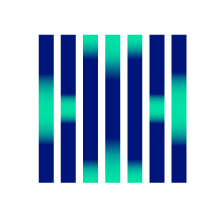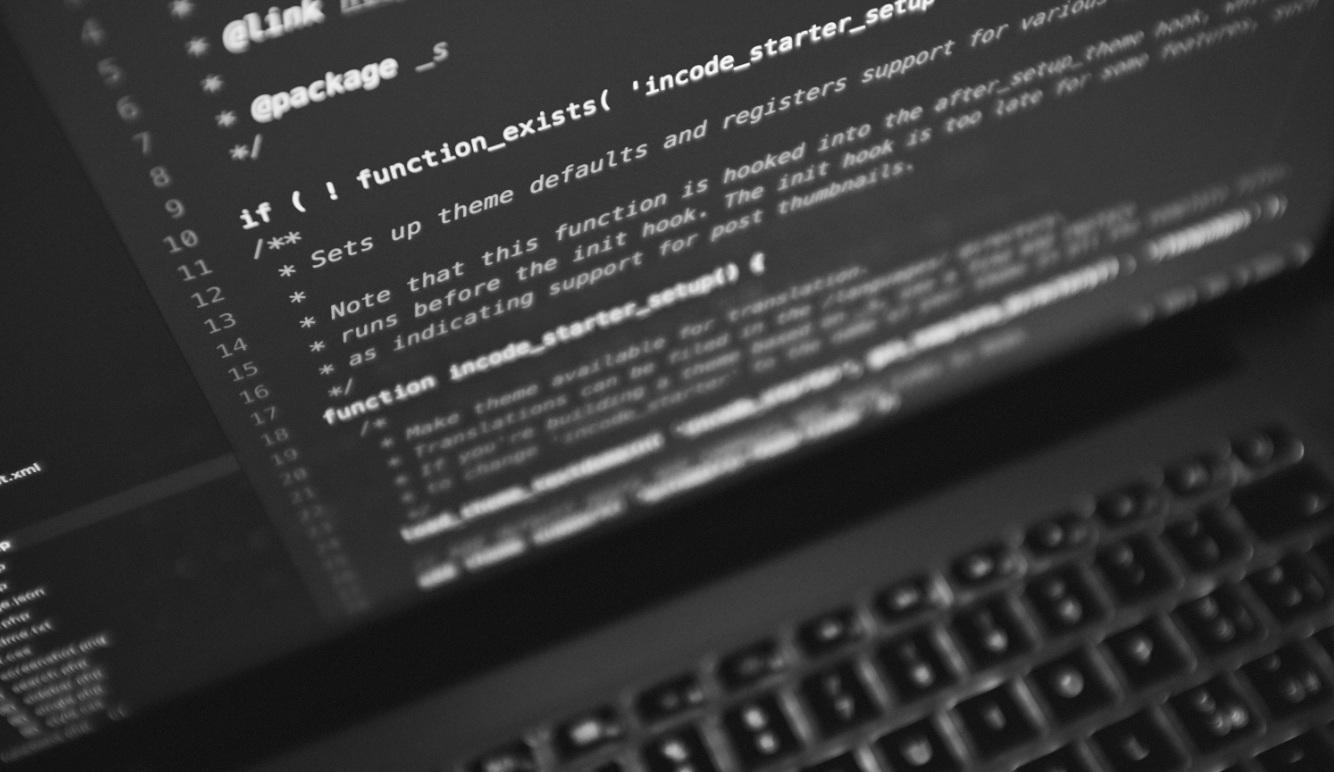What Is XDR Security and Why Should Your Business Care?
What is XDR security? The term XDR (extended detection and response) was first used in 2018 to describe a new technology that goes beyond traditional...
Experiencing an active breach? Call us immediately at 1-866-405-9156 UncommonX has experienced ZERO reportable breaches.
3 min read
 SOC Team of Security Experts
:
Mar 29, 2022 7:00:00 AM
SOC Team of Security Experts
:
Mar 29, 2022 7:00:00 AM

XDR vs. SIEM: which one is right for your business? Both XDR and SIEM are powerful security tools that help capture data sources such as network data and log data. This information is then converted into valuable intelligence and insights for IT security. However, there are several crucial differences between XDR and SIEM that you should know about.
First coined in 2018, the term “extended detection and response” (XDR) refers to a threat detection and response platform with capabilities that extend across the enterprise. An XDR platform unites several tools for threat detection and response and data analytics across an organization’s networks, servers, cloud deployments, endpoints, and more.
The key benefits of an XDR platform are:
Security information and event management (SIEM) applications collect, analyze, and store large quantities of log and event data across the organization. SIEM tools have been around much longer than XDR, first emerging in 2005.
The key benefits of a SIEM solution are:
Both XDR and SIEM seek to improve your organization’s IT security posture by guarding against cybersecurity threats. Whereas XDR adopts a unified approach that combines multiple security tools, SIEM emphasizes the analysis of log and event data.
There are several critical points of distinction between XDR and SIEM:
In addition to XDR and SIEM, two more essential IT security terms are SOAR and EDR.
So far, we’ve discussed four different IT security products: XDR, EDR, SIEM, and SOAR. In which business context is each of these products the best choice?
XDR, SIEM, SOAR, or EDR: regardless of which product you select, there’s another question ahead of you. How can you choose the right managed detection and response provider?
UncommonX provides our unified BOSS XDR platform for businesses that need keen, cutting-edge cybersecurity insights. From protecting against threats to responding and recovering after an incident, the BOSS platform offers everything you need to improve your company’s IT security.
To learn more about how UncommonX’s XDR platform can benefit your organization, contact our team to request a demo and talk about your specific security needs.

What is XDR security? The term XDR (extended detection and response) was first used in 2018 to describe a new technology that goes beyond traditional...

When it comes to cyberattacks, most people imagine an incident that’s short and intense. Think of script kiddies bringing down your website with a...

MDR, EDR, XDR Broken Down Enterprise data protection can be a complex undertaking, and there are a variety of approaches that organizations can...